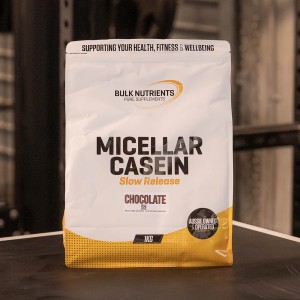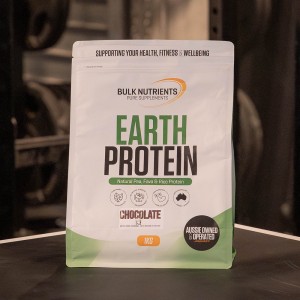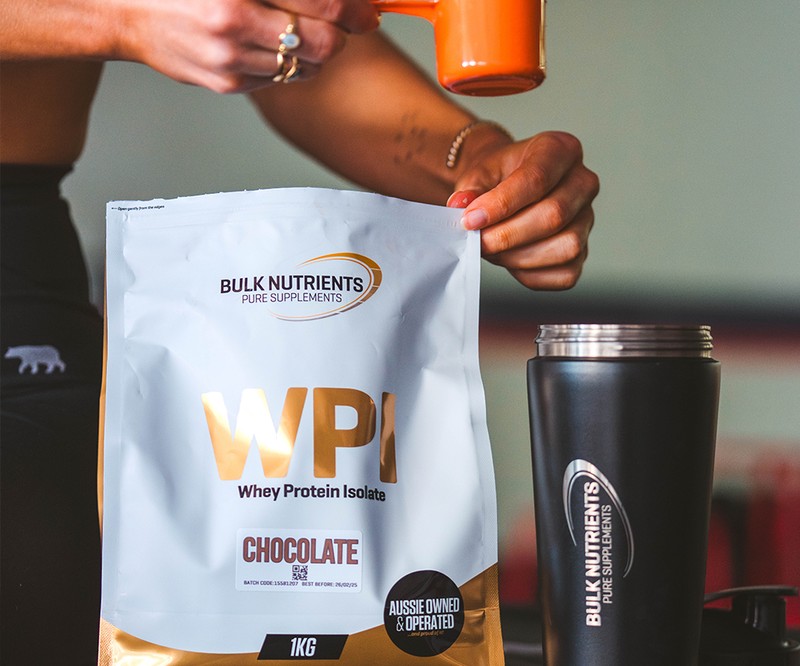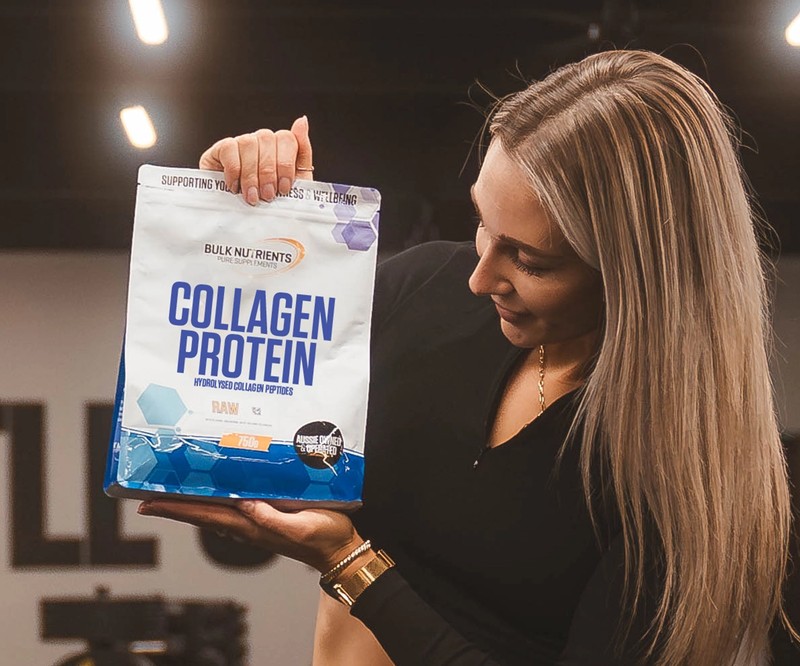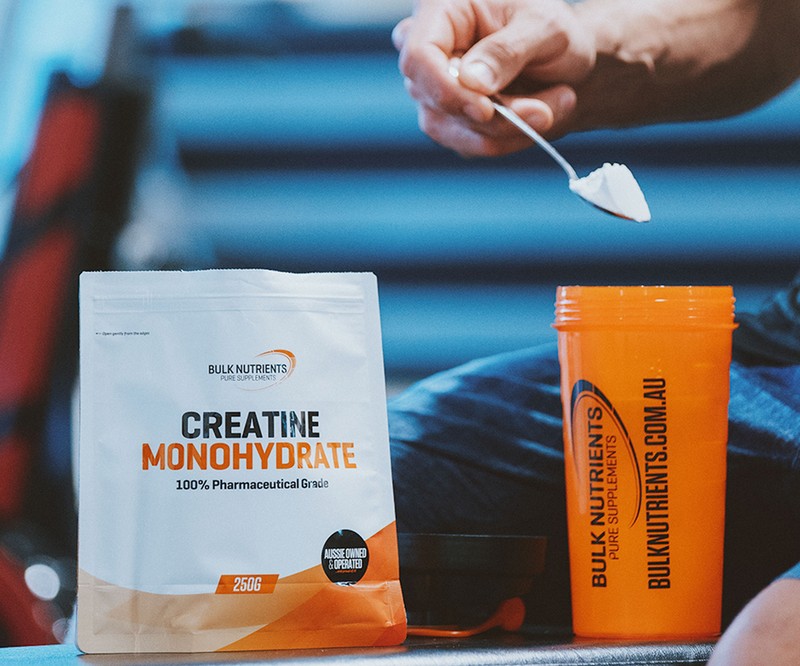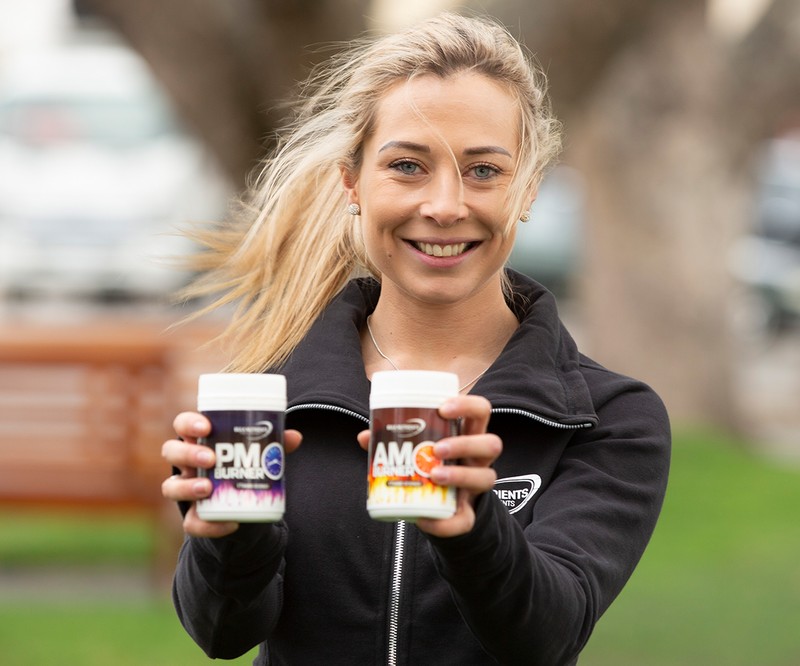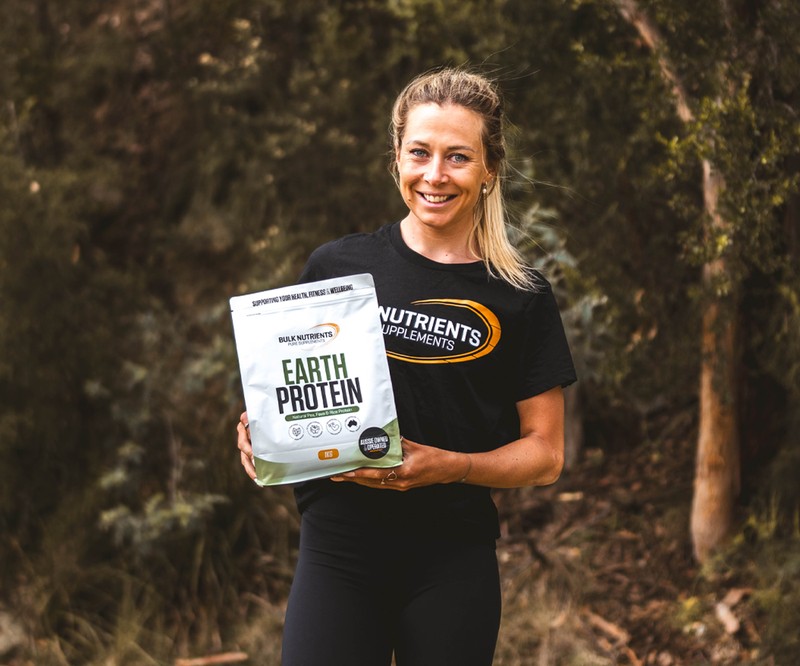How Is Protein Quality Measured?

How is protein ranked?
One way we rank protein is by its biological value.
The biological value measures protein quality, worked out by "calculating the nitrogen used for tissue formation divided by the nitrogen absorbed from food."
In other words, biological percentage measures how efficiently the body utilises protein in your diet -- how efficiently it is absorbed.
So where do your favourite protein sources rank? Take a look at the table below:
| Protein Source | Bio-Availability Index |
|---|---|
| Whey Protein | 104 |
| Egg | 100 |
| Milk | 91 |
| Beef | 80 |
| Casein | 77 |
| Soy Protein | 74 |
| Wheat Gluten | 64 |
If that table blows you away, it should.
It's why I can't wait to share it with people that say protein powders and other processed foods aren't as good and "real" food.
So a protein shake has a higher biological value than chicken? You can bet your birthday money it does.
Then we've got the Protein digestibility-corrected amino acid score (PDCAAS).
Protein digestibility-corrected amino acid score (PDCAAS).
This is a method of discovering the quality of a protein-based on both the amino acid requirements of humans and their ability to digest it.
The PDCAA scores are determined by comparing the amino acid profile of the specific food protein against a standard amino acid profile with the highest possible score being a 1.0.
This score means, after digestion of the protein, it provides per unit of protein 100% or more of the indispensable amino acids required.
So how do certain foods rank? Take a look below.
| Source | PDCAAS |
|---|---|
| Whey Protein | 1.00 |
| Milk | 1.00 |
| Egg | 1.00 |
| Soy Protein | 1.00 |
| Casein | 1.00 |
| Beef | 0.92 |
| Black Beans | 0.75 |
| Peanuts | 0.52 |
| Wheat Gluten | 0.25 |
But it must be pointed out that the PDCAAS is not without its faults.
For starters, it was derived from the essential amino acid requirements of the preschool-age child, and was always capped at 100% (or 1.0 as we can see above). This is because of their high requirement for amino acids.
So no protein can score higher even if it's much better quality. And scores that ARE higher are rounded down.
But the other issue is that the large part of the small intestine, and not fecal measuring, is a better way to measure protein being used.
You see, PDCAAS measures protein in the feces, but this isn't the best way. This is because it OVERESTIMATES the nutritional value of protein because many amino acids are excreted in the feces which throws the scoring off.
It's (sort of) like measuring a business's revenue and not its profits after all expenses.
So that's why many scientists say we should be casting a critical eye on this.
Whilst it's not perfect, it's still some sort of a yardstick for us.
Then we have the Protein Efficiency Ratio (PER) which measures the amount of weight gain (in grams) in rats compared to their protein intake.
But it's not really relevant to humans.
So where does this leave us? Do we have a perfect way to measure protein?
Well, don't give up just yet.
The other method is true protein digestibility, with all of this in mind.
Let's take a look at that:
| Protein Sources | True Digestibility (%) | Digestibility Relative to Reference Protein (%) |
|---|---|---|
| Eggs | 97 | 100 |
| Milk and Cheese | 95 | 100 |
| Meat and Fish | 94 | 100 |
| Maize | 85 | 89 |
| Oatmeal | 86 | 90 |
| Whole Wheat | 86 | 91 |
| Refined Wheat | 96 | 101 |
| Polished Rice | 88 | 93 |
| Soy Flour | 86 | 91 |
| Soybean Isolate | 94 | 99 |
| Millet | 79 | 83 |
| Peanut Butter | 95 | 100 |
| Beans | 78 | 82 |
| Chinese Mixed Diet | 94 | 99 |
| Brazilian Mixed Diet | 78 | 82 |
| Guatemalan Mixed Diet | 79 | 92 |
| Indian Rice and Milk Diet | 87 | 92 |
| Mixed American Diet | 96 | 101 |
Table Source (Table 4) : Modified from Torun B (1985) Proteins: Chemistry, metabolism, and nutritional requirements. In: Brunser O, Carraza F, Gracey M, Nichols B, and Senterre J (eds.) Clinical Nutrition of the Young Child, pp. 99–119. New York: Raven Press.
This is another way to measure protein, because not all nitrogen found in our feces comes from the protein we've eaten; some of it is within the intestines already.
That's how we get the name "true protein digestibility."
But keep in mind, for us that are healthy and at the gym, if we're sticking to our recommended amount of protein, we've nothing to worry about.
Protein digestibility is more of a concern for bodies like WHO, which is using the information to adequately address nutritional issues in third world countries.
Now, let's look at the speed of digestion for our protein sources.
Protein digestion speed
Some proteins digest faster than others. Take a look at the below:
Digestion speed of varying proteins
| Protein | Absorption (g/hour) |
|---|---|
| Raw Egg* | 1.4 |
| Cooked Egg* | 2.9 |
| Pea Protein | 3.5 |
| Milk Protein | 3.5 |
| Soy Protein | 3.9 |
| Casein Isolate | 6.1 |
| Whey Isolate | 8-10 |
| Pork Tenderloin* | 10 |
* roughest estimates. Table adapted from here.
For example, research shows whey protein digests at around 10 grams per hour. So, consume 30 grams from a whey protein shake and after 3 hours it's more or less been digested.
And this is compared to casein protein, a slow-acting protein, which digests at 6 grams per hour (double the speed of whey).
But keep in mind, this is in a FASTED state.
When there is already food present (fats, carbs, amino acids from previously eaten protein) the effect is basically the same.
So when you're fasted and need protein quickly, whey is a good bet. But once the day has gone on and other foods are already present, a "faster" absorbing protein might not have the same "rapid" effect you might think.
The bottom line on protein measuring
Is that whilst protein measuring accuracy isn't perfect, biological value, protein digestibility-corrected amino acid score, protein efficiency ratio, and true protein digestibility give us some indication. Also, protein digestibility is also of interest when we're in a fasted state. If we stick to animal-based protein sources (or plant-based as vegans) and consume enough protein in line with our goals, we shouldn't be concerned about protein any further. However, protein powders tend to deliver more quality protein than even normal foods based on these measurements.
References:
- Hoffman JR, Falvo MJ. Protein - Which is Best? J Sports Sci Med. 2004 Sep 1;3(3):118-30. PMID: 24482589; PMCID: PMC3905294.
- Schaafsma G. The protein digestibility-corrected amino acid score. J Nutr. 2000 Jul;130(7):1865S-7S. doi: 10.1093/jn/130.7.1865S. PMID: 10867064.
- GertjanSchaafsma, The Protein Digestibility–Corrected Amino Acid Score, The Journal of Nutrition, Volume 130, Issue 7, July 2000, Pages 1865S–1867S.
- Mitchell GV, Jenkins MY, Grundel E. Protein efficiency ratios and net protein ratios of selected protein foods. Plant Foods Hum Nutr. 1989;39(1):53-8. doi: 10.1007/BF01092401. PMID: 2710752.
- Torun B (1985) Proteins: Chemistry, metabolism, and nutritional requirements. In: Brunser O, Carraza F, Gracey M, Nichols B, and Senterre J (eds.) Clinical Nutrition of the Young Child, pp. 99–119. New York: Raven Press.
- Z.A. Bhutta, K. Sadiq, in Encyclopedia of Human Nutrition (Third Edition), 2013.
- Bilsborough S, Mann N. A review of issues of dietary protein intake in humans. Int J Sport NutrExercMetab. 2006 Apr;16(2):129-52. doi: 10.1123/ijsnem.16.2.129. PMID: 16779921.
- Boirie Y, Dangin M, Gachon P, Vasson MP, Maubois JL, Beaufrère B. Slow and fast dietary proteins differently modulate postprandial protein accretion. Proc Natl Acad Sci U S A. 1997 Dec 23;94(26):14930-5. doi: 10.1073/pnas.94.26.14930. PMID: 9405716; PMCID: PMC25140.
- Dangin M, Boirie Y, Guillet C, Beaufrère B. Influence of the protein digestion rate on protein turnover in young and elderly subjects. J Nutr. 2002 Oct;132(10):3228S-33S. doi: 10.1093/jn/131.10.3228S. PMID: 12368423.
- Image from unsplash.com 1
Related Blogs

What is Whey Protein?
Posted by Ben Crowley
Estimated reading time: 10 minutes

Whey Protein vs Plant Protein
Posted by Bulk Nutrients
Estimated reading time: 5 minutes

Quality Supplements at Bulk Nutrients
Posted by Ryan Bevan
Estimated reading time: 1 minute
